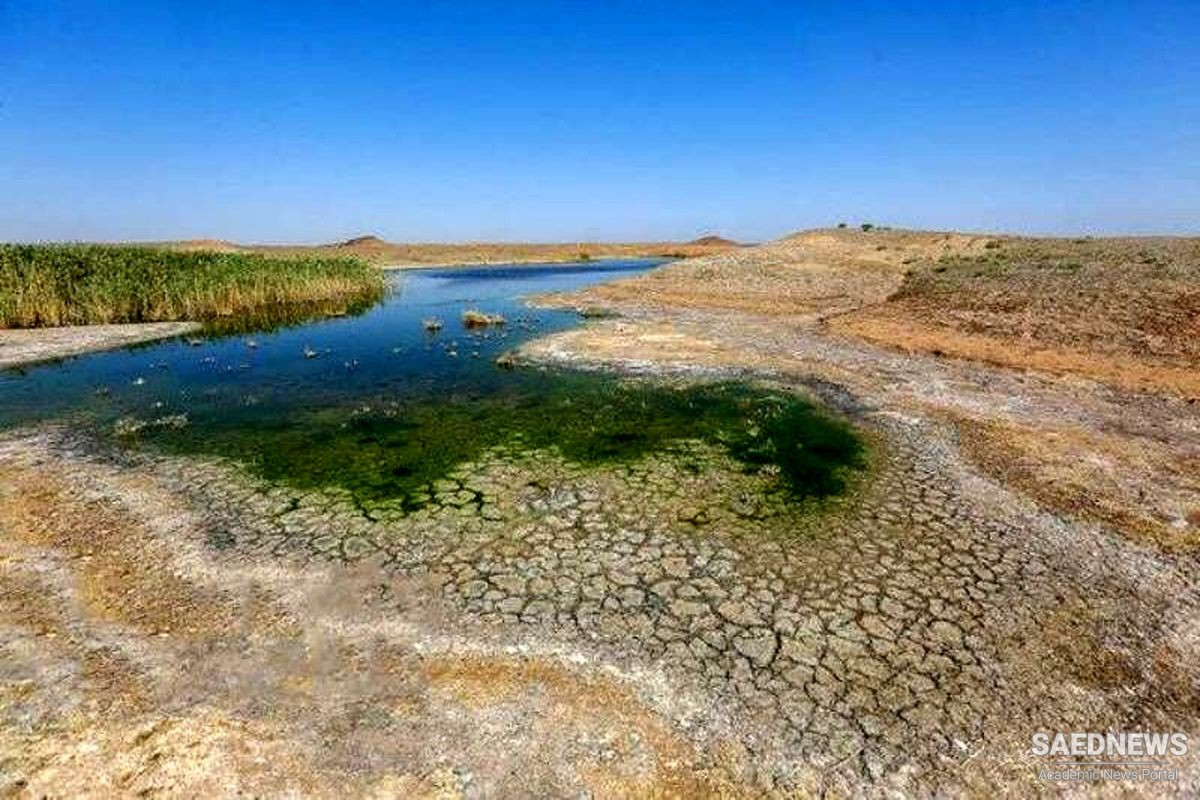Water shortages, no matter where they occur, will be felt in the wallet of every person who buys food. Well before the spike in global food prices, Joachim von Braun and his colleagues at the International Food Policy Research Institute warned that an international water crisis could send prices through the roof: “Insufficient attention to water- related investments and policies could produce a water crisis that would in turn lead to food system stress, given competing demands on scarce water. With increased water stress, relative crop yields decline, representing an annual loss in crop yields forgone,” they said. “In such a water crisis scenario, cereal production declines by 10 percent, a loss equivalent to the entire Indian cereal crop. This decline would cause rice prices to rise by 40 percent, wheat prices by 80 percent, and maize prices by 120 percent by the year 2025. Price increases of this magnitude will dampen demand, contract trade, and hit poor people the hardest, especially the 1 billion people who live in urban slums and the many millions of rural poor people who are net purchasers of food.”16 The impact of water shortages will not be confined to countries where supplies are short: through their effect on food prices, virtual water, and world trade, water shortages will affect almost everyone.
Such warnings have been sounded since the early 1990s by the Food and Agriculture Or ga ni za tion (FAO) and others— in statements such as, “Human demands are about to collide with the ability of the hydrological cycle to supply water”— and they ought to come as no surprise.17 Governments have also been warned that large parts of the world are running into water scarcity, ranging from chronic to acute. These tend to fall along the tropics of Capricorn and Cancer, bands of the planet that are naturally dry and are where most of the world’s deserts occur. They are also regions that are already highly populated and where both population and food demand are rising rapidly. About one person in four lives in a region of the world where water supplies are under stress. Map 3 gives a general impression of where looming shortages of water are likely to occur.
The potential impact on individual countries may be illustrated by the case of China— a land with 22 percent of the world’s people and just 8 percent of its available freshwater. The Chinese Ministry of Water Resources has warned of a serious crisis by 2030 due to falling per capita water availability.18 More than half of China’s 660 cities experience regular water shortages, and 70–75 percent of the water used to supply the nation’s main food bowl, the North China Plain, comes from groundwater and is shrinking. As much as 90 percent of China’s urban water is said to be polluted. “China’s water crisis threatens global prosperity and stability,” says the water expert John McAlister, who adds that availability in key parts of China is already well below the danger level for economic and social disruption.
Before he became premier, Wen Jiabao was quoted by the China Daily as saying, “The shortage of water threatens the survival of China.” The nation’s first environment protection minister, Qu Geping, told media that China’s water resources would support only a population of 650 million— yet China’s population is expected to pass 1.6 billion. China’s planners are keenly aware of the jeopardy their country faces: a network of mighty canals is urgently being built along three main routes to shift supplies from the south to the north, but whether such engineering solutions can succeed remains to be seen.
As to how water scarcities will play out for humanity in the next two generations, IWMI projections indicate that most humans are now treading a path similar to China’s. By 2050, they say, more than two billion people will face severe scarcity and an additional five billion will experience moderate scarcity. “The causes of water scarcity are essentially identical to those of the food crisis. There are serious and extremely worrying factors that indicate water supplies are steadily being used up warns the IWMI. “Given that one liter (more for livestock products) is used to produce one calorie of food and taking food losses into account, it will take up to 6000 cubic kilometres of additional water annually to feed another 2.5 billion people 2,500 calories per day. This is almost twice what we use today and is not sustainable,” adds IWMI director general Colin Chartres.
“A roll call of countries where water scarcity already undermines food security includes China, India, Pakistan, most of North Africa and the Middle East, and large parts of southern Africa. In the coming de cades as countries struggle to feed their growing populations, many will have to import large amounts of food, putting a major drain on their economies,” he continued.
The FAO expects global meat production alone to rise by 185 million tonnes (204 million U.S. tons) per year, which on its own would use 1,850 cubic kilometers (450 cubic miles) of water. The IWMI concludes, bluntly, “Unless we change the way we use water and increase water productivity . . . we will not have enough water to feed the world’s growing population.” The result, it says, will be water crises and possible conflicts in many parts of the world.


 Water Wars: More Dangerous Than Nuclear War!
Water Wars: More Dangerous Than Nuclear War!














































